Another very common condition that a podiatrist sees in their office on a day-to-day basis is ingrown toenails. In fact, hundreds of thousands of people google it every month, so it’s not something to be self-conscious of. Since it’s so common, the methods for treating it have all tried and tested to give you the best results and the least downtime. But by the time the ingrown toenail is brought to our attention, it usually requires a procedure to correct it.
What Is An Ingrown Toenail?
An ingrown toe-nail typically forms with incorrect nail-cutting technique (i.e. rounding off the corners of the nail) and this subsequently makes the edge of the nail more prone to growing and impinging in the nail folds causing immense pain and discomfort. It can also occur with trauma or tight-fitting shoes which squeezes the nail plate and forces the edges into the adjacent nail fold. This can sometimes be correlated with infection and cause a paronychia which is local cellulitis and infection of the medial or lateral nail fold. Unless properly addressed by a podiatrist, the infection can set in and worsen in a very short period of time.
What Are The Treatment Options?
The process can involve one of two techniques, with or without chemical intervention. The plan is to remove the section of the nail that is protruding into the skin and causing discomfort and if no chemicals are used, the hope is that the nail will regrow to its natural proportions. If it regrows back into the problem area, that’s when chemical phenol would be necessary to prevent growth in the area it’s applied to.
Partial Nail Avulsion Without Chemical Matrixectomy
This is otherwise known as “temporary” removal of the involved nail plate. This procedure is typically performed under local anesthetic in the office. The involved nail border is removed without disturbing the nail matrix; this is typically done in presence of infection as the chemical used in permanent procedures (i.e. phenol) is not effective in an acidic environment that is typically seen in infection. The nail border will eventually grow back and it may possibly become ingrown again in the future.
Partial Nail Avulsion With Chemical Matrixectomy
The same nail removal procedure described above is performed, however, a powerful and potent chemical known as phenol is introduced into the nail matrix in order to permanently destroy the cells which allow for nail-growth. The remaining nail plate may appear thinner depending on how much of the ingrown is removed.
Your surgeon will determine which procedure is best for you depending on your consultation. In any case, patients are generally back in normal shoes full of activity within 2 weeks of the procedure.
Ingrown Toenails Require Medical Attention!
If you have a nail that you are worried might be ingrown or starting to cause you discomfort, it’s important to have it looked at by a podiatrist. Thinking it might go away on its own and leaving it untreated will allow it to worsen and potentially lead to infection. Let a professional diagnose the severity and offer you preventative care or recommend a procedure to remove the ingrown nail.

